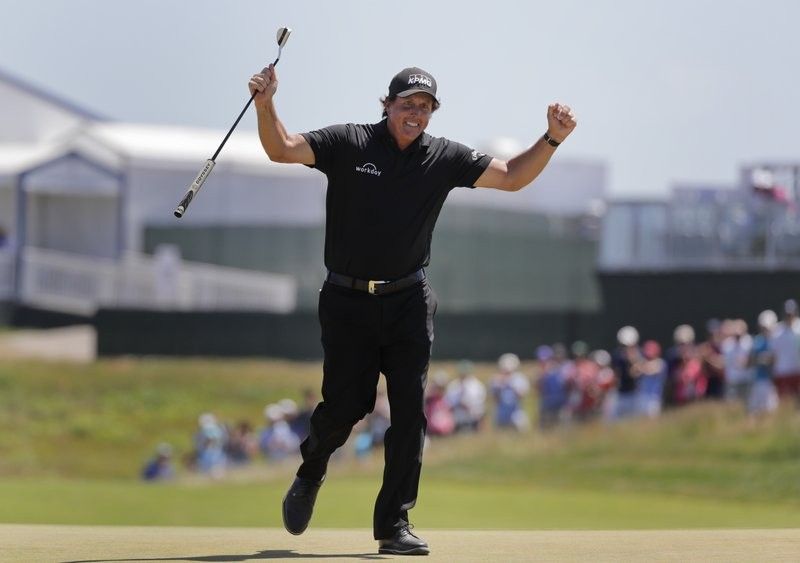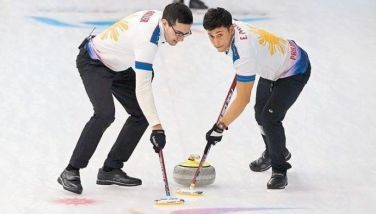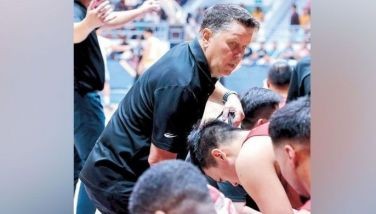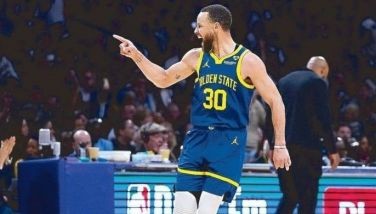US Open being remembered for the wrong reasons

SOUTHAMPTON, N.Y. — If the aim of the US Open is to identify the best player, then the last three got it right.
The problem is a tendency to remember what went wrong.
The lasting image from Shinnecock Hills was Phil Mickelson, now 0 for 27 in the U.S. Open, hitting his putt too hard on the 13th hole Saturday. He moved as swiftly as his 48-year-old legs would allow and swatted the ball back toward the hole while it was still rolling. It was a shocking scene to everyone but Mickelson, who said he meant no disrespect to the game by intentionally violating a rule to either save shots or save a long walk to wherever his ball might have stopped.
Brooks Koepka, meanwhile, delivered a classic U.S. Open performance with discipline, grit and clutch putting. He effectively won by getting up-and-down three times in a four-hole stretch, one of them for bogey, the last one a par on the 14th hole when he first had to get his ball back in play from thick, shin-high grass.
He became the first repeat U.S. Open champion in 29 years, and it’s a wonder anyone remembers he won last year.
Just the mention of Erin Hills brings back memories of wide fairways and record scoring.
There was Koepka posing with the trophy, the large leaderboard behind him filled with more red numbers than had ever been seen at a U.S. Open. He was the third player to win at double digits under par (16 under). The other two were Tiger Woods, who won by 15 shots at Pebble Beach, and Rory McIlroy, who won by eight at Congressional. Koepka won by four shots, one of seven players to finish at 10 under or better.
The ultimate test was finding enough red numbers to put on all the boards.
“Everyone said Erin Hills was set up for me,” Koepka said. “It was set up for a lot of guys that bomb that ball. I just happened to play a little bit better.”
No one was better on the back nine when he ran off three straight birdies, and the middle one was exquisite — a chip 8-iron from 155 yards to a back pin. Koepka called it the best shot he hit all week.
Remember that one?
Probably not, and that’s OK. It’s easy to lose track of birdies on a course that allowed a record 140 rounds under par.
Dustin Johnson spent more time talking to rules officials than to Lee Westwood, his playing partner, during the final round at Oakmont in 2016. There was a discussion on the fifth green on whether Johnson caused his ball to move a fraction of an inch. Equally vivid was the image of two officials telling Johnson on the 12th tee that he might be penalized one shot. Or he might not.
Overlooked is that tough par save from behind the 16th green, and Johnson hitting 6-iron to 5 feet on the 18th hole for a birdie to make the penalty a moot point.
The sign that a U.S. Open is not running smoothly is when Mike Davis, the chief executive of the USGA, is on TV as much as some of the players. The ideal week is when Davis is out of sight until the trophy presentation.
But he had some explaining to do, such as how the wind was stronger than expected on Saturday to the point that he felt good shots were not rewarded, and in some cases punished. He also explained why the rules did not provide for Mickelson to be disqualified.
The severity of Shinnecock in the third round should not take away from this U.S. Open. It’s supposed to be hard. It has a history of being the toughest test, and living on the edge often means crossing the line. Everyone still plays the same course, and Koepka shot 72 that day. That’s why he was in position to win.
If not for Mickelson making a spectacle of himself and the moment, odds are it would be forgotten sooner.
Tom Meeks, the predecessor to Davis in setting up the U.S. Open, used to relish such moments. He said in a 2009 interview that the U.S. Open had to be harder than anything else, but still fair, and that was a hard line to find. “If I had any doubt, I would go the more difficult way,” Meeks said.
He also predicted that Davis, if he were to follow the U.S. Open philosophy, would made mistakes at some point.
“It doesn’t happen by design,” Meeks said. “It happens because of the U.S. Open.”
The USGA doesn’t always get it wrong. Its finest moment was Pinehurst No. 2 in 2014, when the U.S. Open delivered a proper test for the men and women in consecutive weeks. The first year two years Davis was in charge, the winning score at Winged Foot and Oakmont was 5-over par, and no one complained.
Lately, however, the U.S. Open has become more about the USGA than the player who gets the trophy. That doesn’t happen at the other majors. With few exceptions, it’s about the winner, not the golf course. It’s about the player, not the organization.
And so the memories of Shinnecock are as much about Mickelson as Koepka, and memories of Erin Hills are as much about low scores as the guy who had the lowest one.
Fans can choose what they want to remember.
But it would be nice to have a U.S. Open when there wasn’t such a choice.
- Latest
- Trending




























